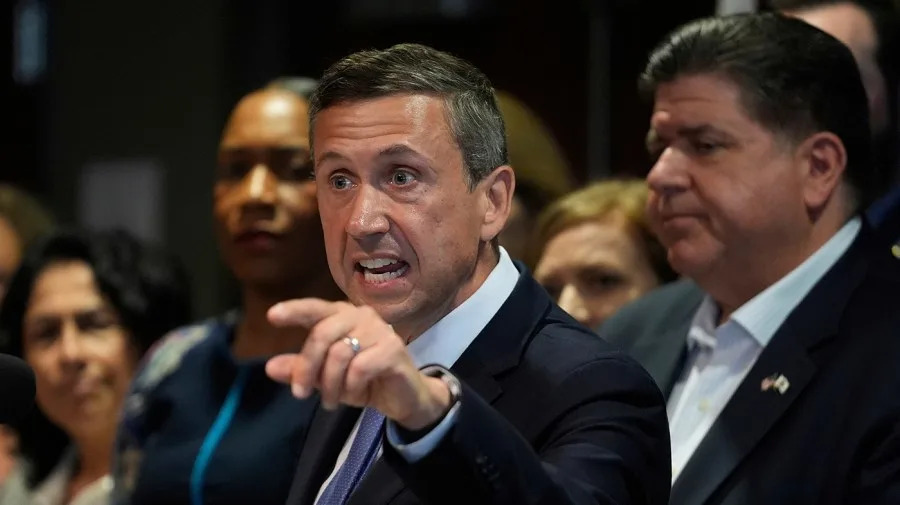
One of the most persistent, pernicious myths in politics is the idea that parties out of power have leaders anymore.
We’ve recently seen how a party with the White House can have nearly autocratic rule by a president or how a weak president can be done in by an insurrection. But a party without the presidency, especially with no majorities in Congress, is a rudderless ship.
That’s not to say that Hakeem Jeffries and Chuck Schumer don’t have power in their respective chambers, just that it doesn’t go beyond that.
When analysts and politicos talk about “Democrats say” or “the direction Democrats are taking,” it is at best an effort to read the zeitgeist of some 70 million Americans who think of themselves as members of the party. It’s about as meaningful as saying “Yankees fans” or “daschund owners.” Yes, we can make some broad inferences based on behaviors and public opinion research, but there’s nobody in charge.
There is a Democratic Party, proper, though. The 452 members of the Democratic National Committee and its chairman, Ken Martin, are indeed there plugging away, trying to figure out how to get out of the wilderness.
But, since the rolling disaster of McCain-Feingold, the Citizens United decision and the rise of the small-dollar online donor, the parties themselves have been hollowed out pretty substantially. Without warchests of their own, the parties have been overshadowed by influencer politicians and super PACs that don’t have to worry about maintaining an organization. Pop-up politics means nothing much lasts longer than any election cycle.
These weak parties have, counterintuitively, given us increased partisanship. Without a long-term custodian of a party’s identity and direction, the logical answer for ambitious politicians is to appeal to donors and primary voters by being as rankly, acidly partisan as possible.
As California Gov. Gavin Newsom is proving right now, the way to unify a party behind you is by focusing on the only thing the voters in each party all agree on: The other side is worse.
If there’s no broad establishment of any significant power or resources, the candidates have nothing to fear from ignoring the good of the party. Two of the most successful politicians of this century, Donald Trump and Bernie Sanders, didn’t even start out as members of the parties they sought to lead.
But there is one thing that the parties, especially those out of power, still have: the nomination process itself.
As Democrats proved last year with the first presidential nominee switcheroo in the modern era and as both parties showed during the COVID pandemic, the parties themselves have nearly complete control over how and when their nominees are chosen. By picking the order of nominating contests and the means those contests may or may not use — caucuses or elections or conventions — the party leadership can do a great deal to encourage or discourage certain individuals or kinds of presidential candidates.
That’s the big question facing DNC members as they hold their summer meeting in Minneapolis: Where and when should the road to the White House begin for the party’s 2028 hopefuls and which states should hold the other crucial contests before Super Tuesday in March of that year?
The subject is a matter of some considerable pain for committee members given what happened in the last cycle. It would be true to say that then-President Joe Biden had demanded a change to the primary calendar to empower more moderate voters, particularly black voters in South Carolina and Michigan, over the massively white and very progressive Democrats of Iowa and New Hampshire. But that would not be a sufficient explanation.
The very fact that Biden was steering into the dangerous course of seeking a second term at the age of 81 made protecting the incumbent a difficult and worthy job for party bosses. Incumbent presidents usually win, so it is rational to try to protect them from their own voters. In 2020, Republicans just nuked big chunks of their calendar and proclaimed their incumbent nearly by acclamation.
As it would turn out, though, they had protected Biden too well. Had the sitting president been forced to campaign and compete in hostile territory among Yankee progressives in January, it probably wouldn’t have taken until July to get him out of the race. Biden was deemed too big to fail, so when he eventually went belly up anyway, Democrats hadn’t prepared adequately.
And Iowa was cooked, anyway. Aside from the multiple cycles of shambolic administration by the state party of the caucuses there, Iowa is just too Republican these days to be a good starting place for Democrats. Lopsided states tend to produce distortions in the minority party, giving a small number of activists too much clout in a smaller pool of voters, especially in a caucus, which inherently measures intensity more than broad sentiment. That was true for Republicans when Iowa was still a Democratic state and it is true for Democrats in Iowa now.
New Hampshire, though, was an odd one for Democrats, even if it made sense for Biden, who had finished a painfully distant fifth there in 2020. New Hampshire is modestly competitive on the presidential level, but definitely a true blue state, picking Democratic nominees every cycle since 2004. And without the fear of Sanders from neighboring Vermont or, probably, Elizabeth Warren from Massachusetts to the South, there’s even a chance that New Hampshire could pick a mainstream candidate, or at least vault one into contention with a top-three finish.
But who’s next? South Carolina has a strong case to make for the reasons Biden liked it in the first place. For a party that depends so much on black voters, giving them an early voice makes a great deal of sense. Certainly there’s a better case to be made there than Michigan, where anti-Israel sentiment among a substantial bloc of Arab American voters proved painful for Democrats in 2020, and no doubt led to some policy distortions for the party. Unless there’s peace in the Middle East by 2027, a more logical choice would be Nevada, which is a Democratic-leaning swing state that provides a serious test for candidates with Hispanic voters and organized labor, both big parts of the electorate there.
There will be lots of lobbying by the proto-campaigns seeking favor for the state they think will favor them, as well as for the states themselves that will be seeking attention, tourism dollars and the chance to distort policy themselves. The Iowa ethanol subsidy stands always as a monument to the power of early contest clout.
Democrats have to choose carefully, though. The long-term trend in their process has been toward quicker decisions on nominations. In the shadow of the drawn-out contest of 2008, Democrats have increasingly favored more frontloading, starting with a more super Super Tuesday, that the biggest prize, California, became a part of in 2024. If the early states are, as they would say in Minnesota, janky, a tightened calendar will magnify the consequences.
Just as essential a consideration as carefulness for committee members, though, is speed.
Republicans will have a hard time getting started on 2028 with an incumbent president who won’t even consistently admit that he can’t seek a third term and a vice president who is trying to become the prohibitive frontrunner. But Democrats are already off and running, not even waiting for midterms to conclude before going on campaign trips. The only problem is they can’t be sure where to go. The sooner the committee sets a calendar, the sooner the race can come into focus. The work that begins this week needs to be finished by early next year, at the latest.
A long nominating process won’t be a lot of fun for Democrats, but it’s certainly necessary. The pandemic campaign of 2020 and the Biden in hiding campaign of 2024 have suppressed a number of fights that Democrats need to thrash out.
The sooner they start, the sooner they can be finished.
Chris Stirewalt is the politics editor for The Hill, veteran campaign and elections journalist and best-selling author of books about American political history.
Copyright 2025 Nexstar Media, Inc. All rights reserved. This material may not be published, broadcast, rewritten, or redistributed.
For the latest news, weather, sports, and streaming video, head to The Hill.
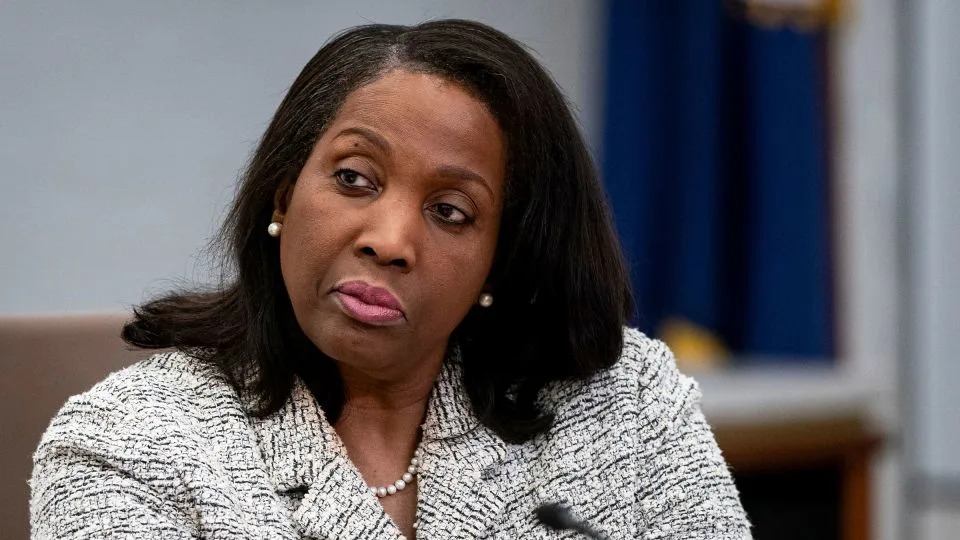

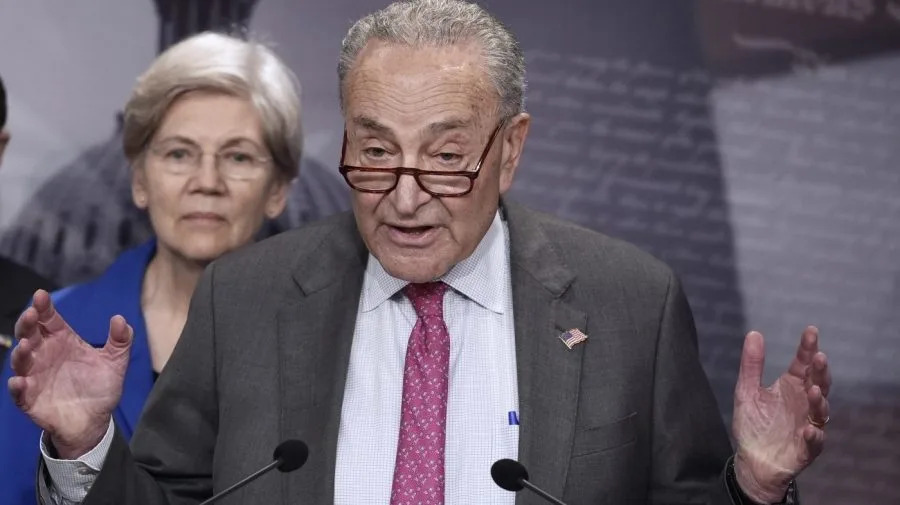
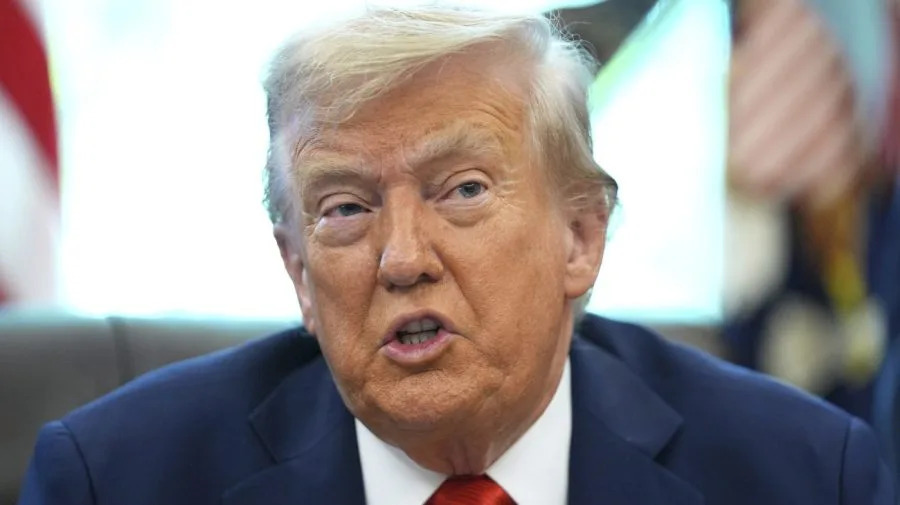
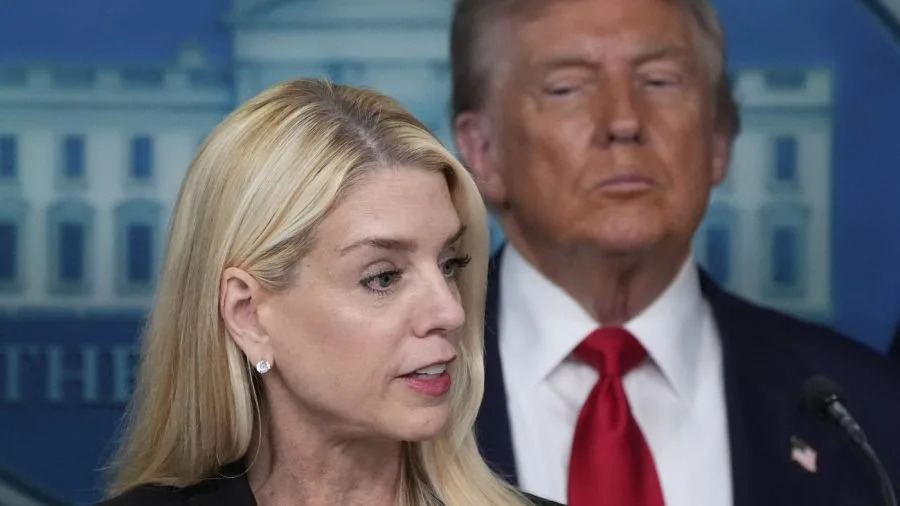
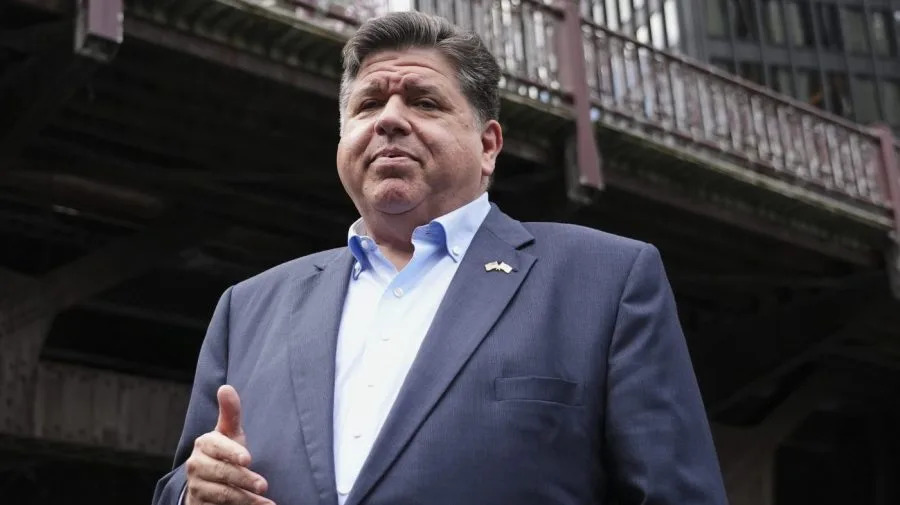


Comments